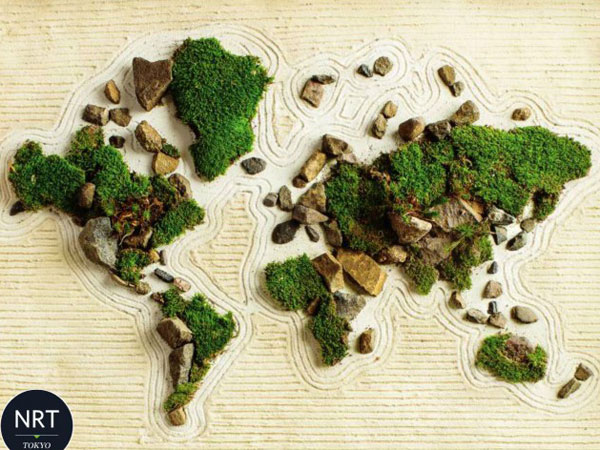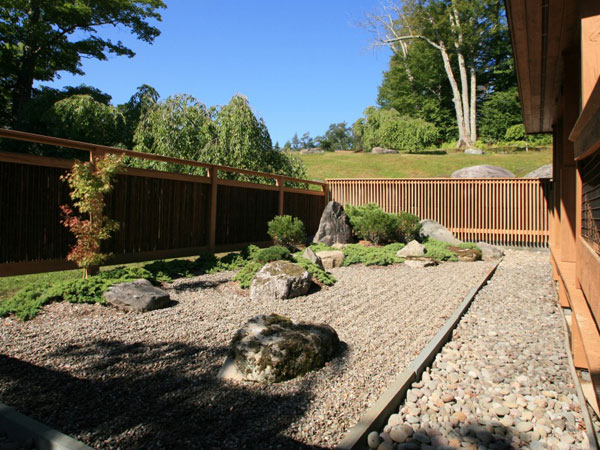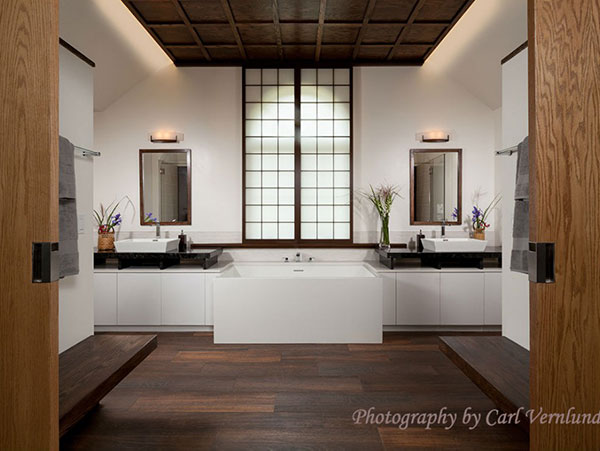Blog
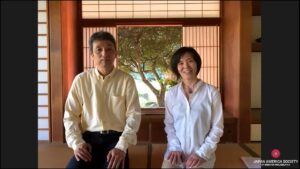
Our Talk at Shofuso on the Japanese Time-Space Concept & Mindfulness
Takaya Kurimoto and Yoko Kawai of PED had the pleasure to give an online live talk at Shofuso, a Japanese house with a garden, hosted by the Japan America Society of Greater Philadelphia. Our talk examined how the concept of Michiyuki, traveling or procession in Japanese, could help us be
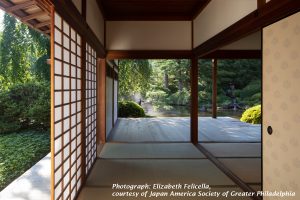
Upcoming Talk in Philadelphia- Michiyuki: Japanese Time-Space Concept for Mindfulness of Everyone Everyday
We are thrilled to announce our upcoming talk/webinar on Tuesday, June 29, from 5 PM to 6 PM (ET) hosted by the Japan America Society of Greater Philadelphia. The talk is on Michiyuki: Japanese Time-Space Concept for Mindfulness of Everyone Everyday. It will be broadcasted live from Shofuso and its

Space for breathing
It is almost nine months since we began to stay home due to Covid-19. Our daily life has changed dramatically. Many people including myself feel that we are not breathing enough fresh air. Then, customers started to call us about the ways to improve their gardens. It is natural that
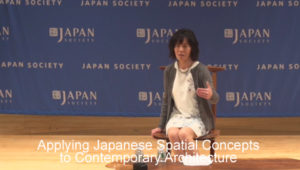
Applying Japanese Spatial Concepts to Contemporary Architecture
Buildable Philosophies How can you use Japanese spatial concepts in your home? Your garden? Your office? Will doing so make you more mindful? These concepts may seem abstract, but they are buildable concepts. As you can see in the Katsura Imperial Villa and the Itsukushima Shrine, these concepts are not
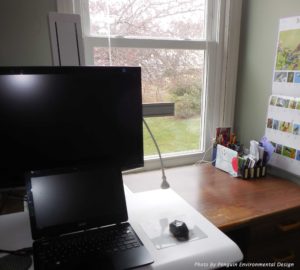
Creative & Healthy Ways to Use Your Home to Work at Home
Do you work at home and feel stressed and enprisoned? Your home should help you. I’d like to share some tips on how you could use it in creative ways to stay well while working at home. I learned these tips over the years from two resources. One is my
Categories
- Architecture (24)
- Blog (61)
- Japanese Architecture (13)
- Japanese Garden (25)
- Landscape Architecture (27)
- Space for Well-being (20)
- Talk (10)
- Urbanism (4)
- Workplace (4)
Archives
- April 2024 (1)
- March 2024 (1)
- January 2024 (1)
- December 2023 (2)
- August 2023 (1)
- July 2023 (1)
- April 2023 (1)
- September 2022 (1)
- June 2022 (1)
- May 2022 (1)
- April 2022 (1)
- March 2022 (2)
- November 2021 (1)
- August 2021 (1)
- May 2021 (1)
- November 2020 (1)
- April 2020 (2)
- March 2020 (1)
- February 2020 (1)
- January 2020 (1)
- December 2019 (5)
- September 2019 (1)
- August 2019 (1)
- June 2019 (1)
- April 2019 (1)
- April 2018 (1)
- February 2018 (1)
- December 2017 (2)
- November 2017 (1)
- August 2017 (2)
- July 2017 (3)
- June 2017 (2)
- March 2017 (1)
- August 2016 (1)
- July 2016 (1)
- June 2016 (3)
- May 2016 (2)
- March 2016 (2)
- February 2016 (1)
- January 2016 (2)
- December 2015 (3)
- November 2015 (3)
- October 2015 (2)
- September 2015 (2)
- August 2015 (1)
Follow us
Contact us
Penguin Environmental Design
56 Lynmoor Place, Hamden, CT 06517
info@pedarch.com
Blog

Our Talk at Shofuso on the Japanese Time-Space Concept & Mindfulness
Takaya Kurimoto and Yoko Kawai of PED had the pleasure to give an online live talk at Shofuso, a Japanese house with a garden, hosted by the Japan America Society of Greater Philadelphia. Our talk examined how the concept of Michiyuki, traveling or procession in Japanese, could help us be

Upcoming Talk in Philadelphia- Michiyuki: Japanese Time-Space Concept for Mindfulness of Everyone Everyday
We are thrilled to announce our upcoming talk/webinar on Tuesday, June 29, from 5 PM to 6 PM (ET) hosted by the Japan America Society of Greater Philadelphia. The talk is on Michiyuki: Japanese Time-Space Concept for Mindfulness of Everyone Everyday. It will be broadcasted live from Shofuso and its

Space for breathing
It is almost nine months since we began to stay home due to Covid-19. Our daily life has changed dramatically. Many people including myself feel that we are not breathing enough fresh air. Then, customers started to call us about the ways to improve their gardens. It is natural that

Applying Japanese Spatial Concepts to Contemporary Architecture
Buildable Philosophies How can you use Japanese spatial concepts in your home? Your garden? Your office? Will doing so make you more mindful? These concepts may seem abstract, but they are buildable concepts. As you can see in the Katsura Imperial Villa and the Itsukushima Shrine, these concepts are not

Creative & Healthy Ways to Use Your Home to Work at Home
Do you work at home and feel stressed and enprisoned? Your home should help you. I’d like to share some tips on how you could use it in creative ways to stay well while working at home. I learned these tips over the years from two resources. One is my
Categories
- Architecture (24)
- Blog (61)
- Japanese Architecture (13)
- Japanese Garden (25)
- Landscape Architecture (27)
- Space for Well-being (20)
- Talk (10)
- Urbanism (4)
- Workplace (4)
Archives
- April 2024 (1)
- March 2024 (1)
- January 2024 (1)
- December 2023 (2)
- August 2023 (1)
- July 2023 (1)
- April 2023 (1)
- September 2022 (1)
- June 2022 (1)
- May 2022 (1)
- April 2022 (1)
- March 2022 (2)
- November 2021 (1)
- August 2021 (1)
- May 2021 (1)
- November 2020 (1)
- April 2020 (2)
- March 2020 (1)
- February 2020 (1)
- January 2020 (1)
- December 2019 (5)
- September 2019 (1)
- August 2019 (1)
- June 2019 (1)
- April 2019 (1)
- April 2018 (1)
- February 2018 (1)
- December 2017 (2)
- November 2017 (1)
- August 2017 (2)
- July 2017 (3)
- June 2017 (2)
- March 2017 (1)
- August 2016 (1)
- July 2016 (1)
- June 2016 (3)
- May 2016 (2)
- March 2016 (2)
- February 2016 (1)
- January 2016 (2)
- December 2015 (3)
- November 2015 (3)
- October 2015 (2)
- September 2015 (2)
- August 2015 (1)
Follow us
Contact us
Penguin Environmental Design
56 Lynmoor Place, Hamden, CT 06517
info@pedarch.com
